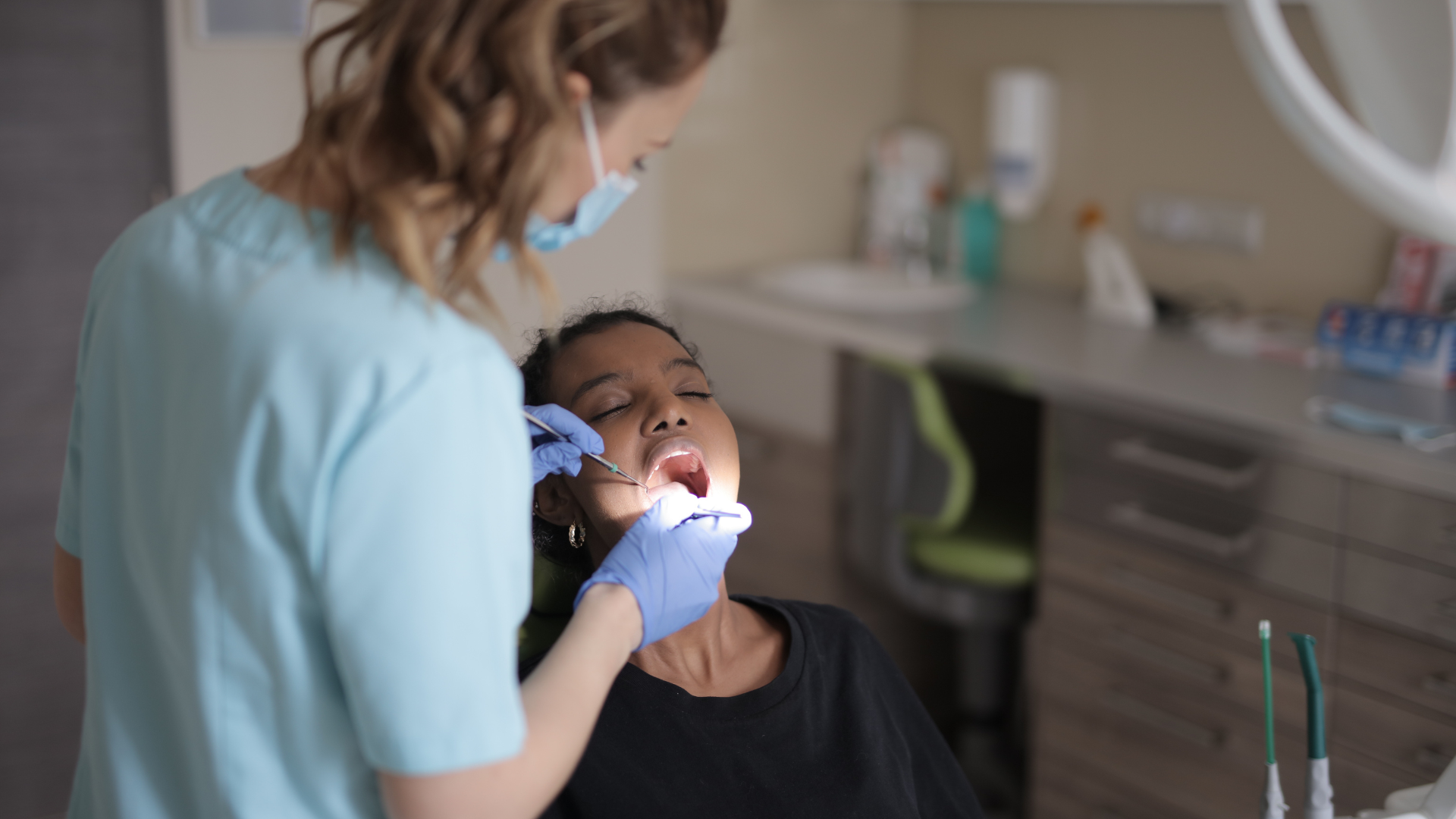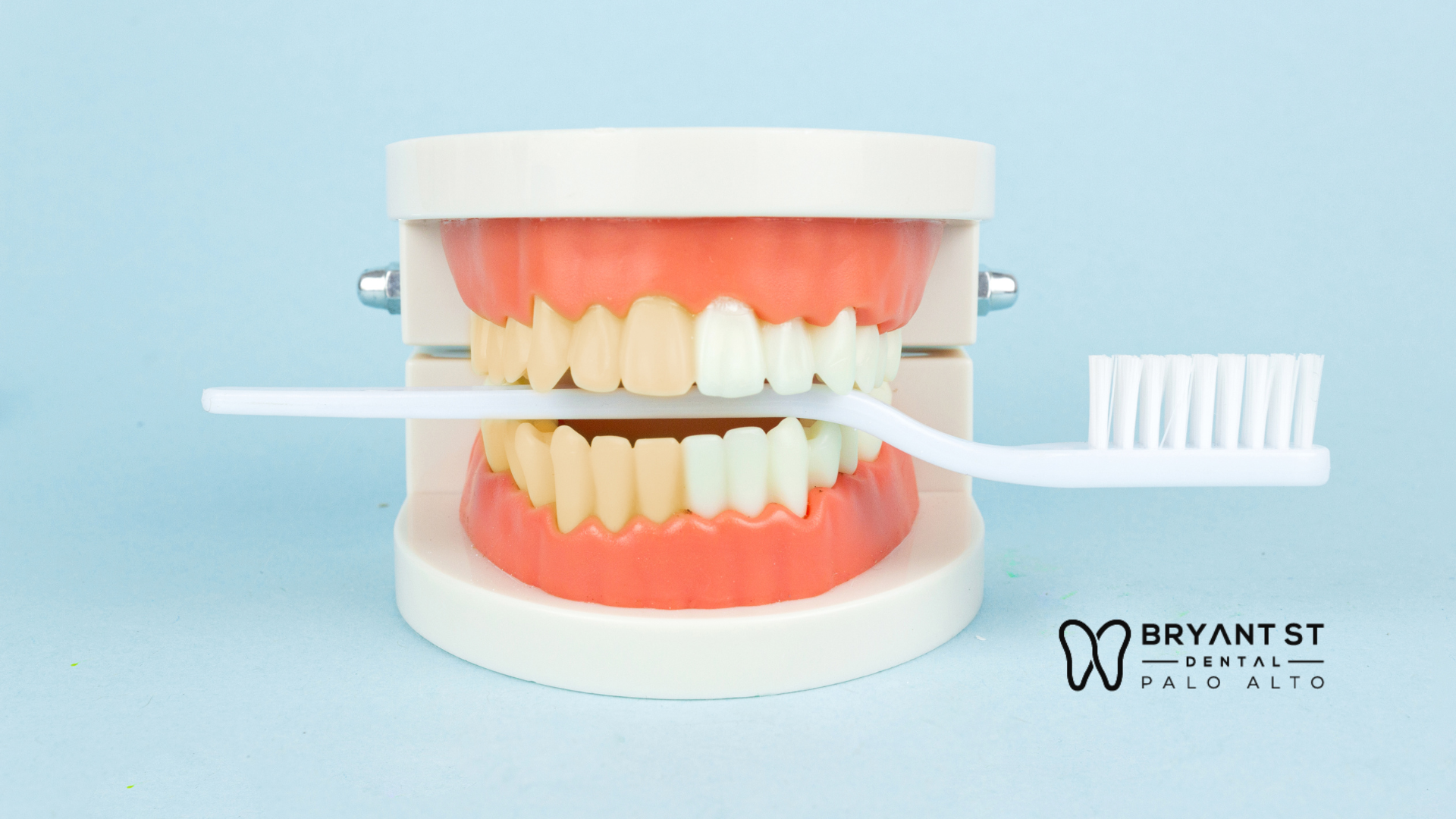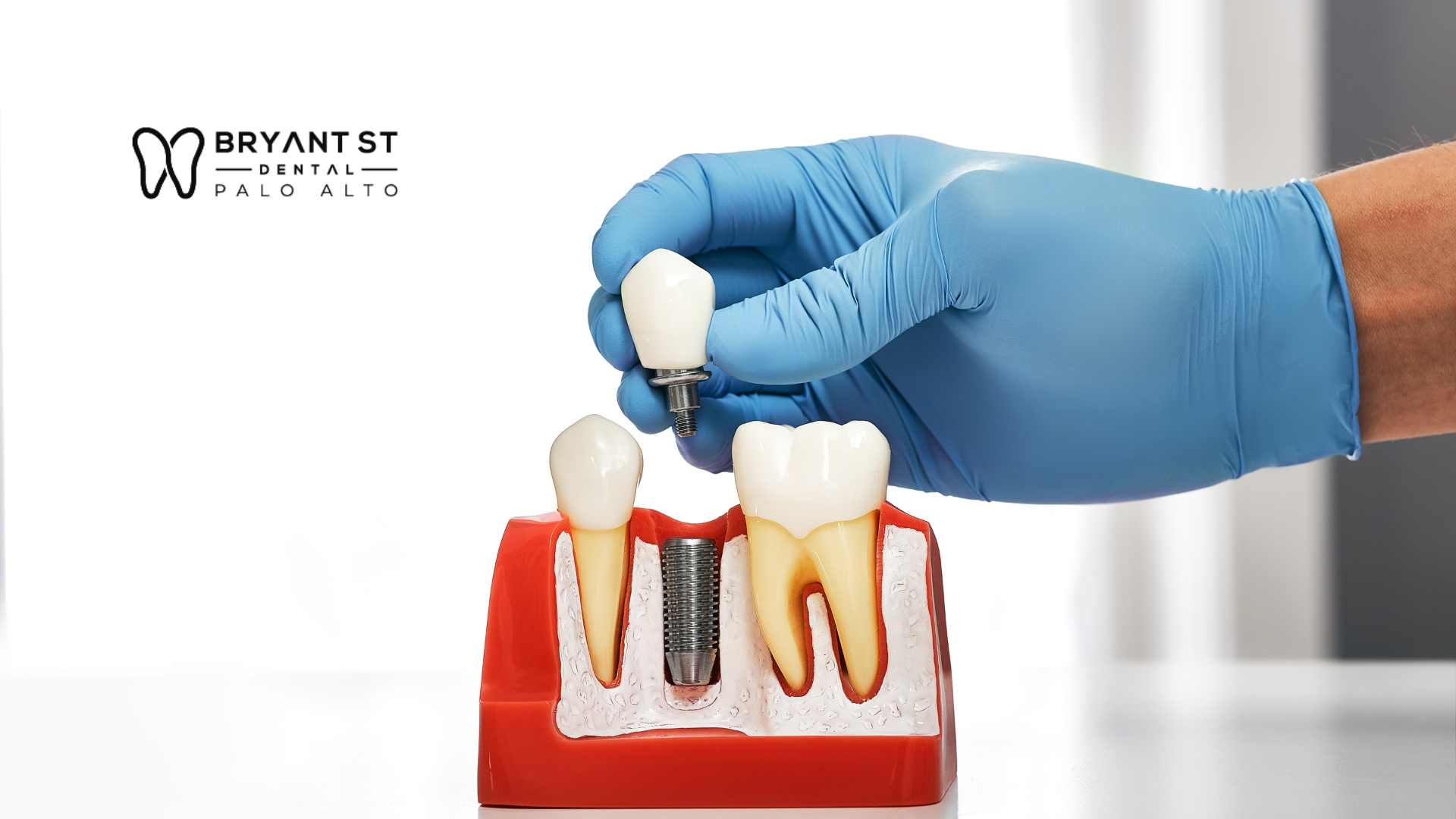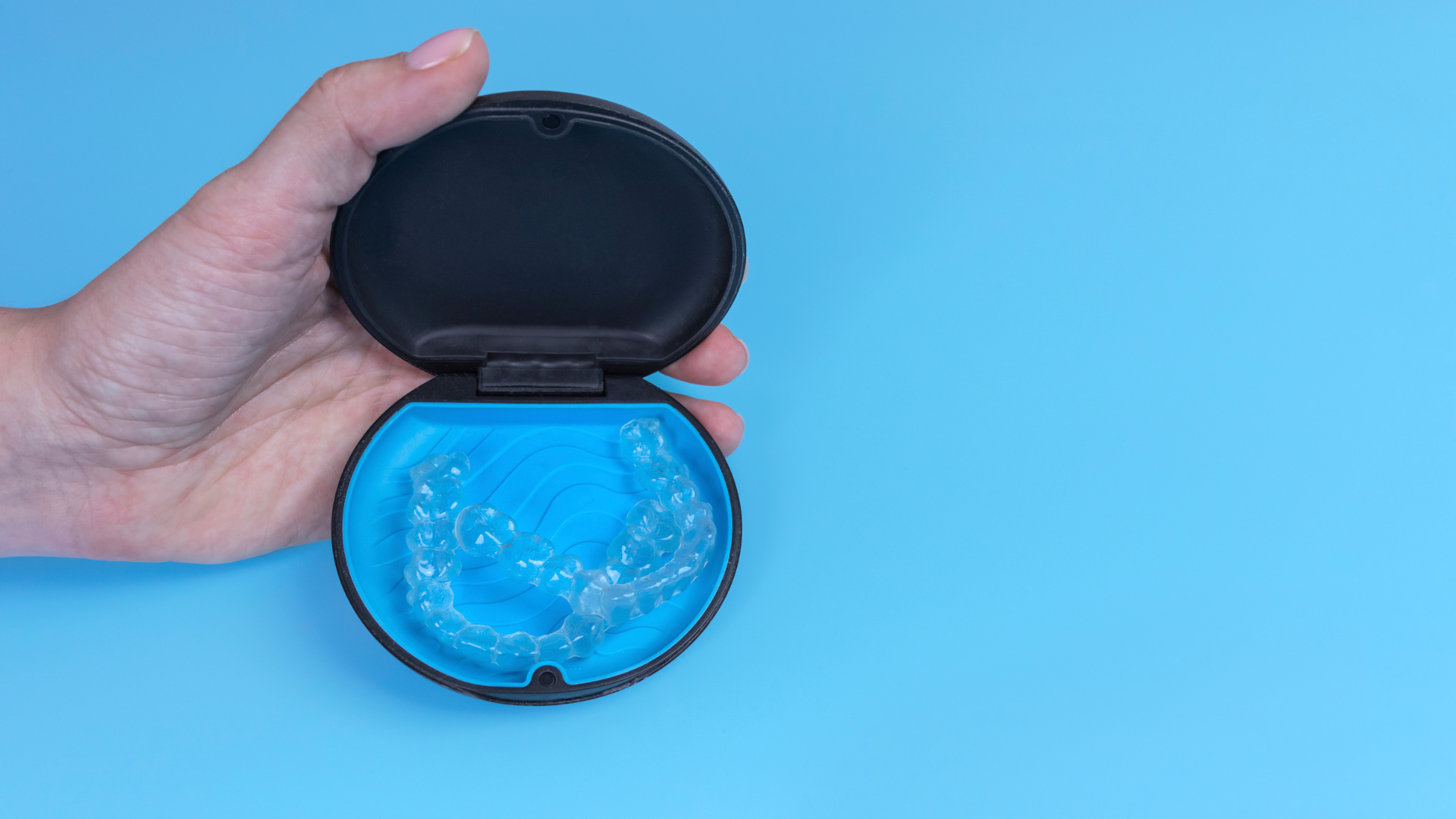
What Is Tooth Extraction?
Tooth extraction is the process of removing a tooth from its socket in the jawbone. This procedure is performed by a dentist or oral surgeon under local or general anesthesia, depending on the complexity of the extraction and the patient's needs.
There are two primary types of tooth extractions:
- Simple Extraction: Used for visible teeth that can be easily accessed. The dentist uses an elevator to loosen the tooth and forceps to remove it.
- Surgical Extraction: Required for impacted or broken teeth below the gumline. This method may involve cutting through gum and bone and often requires stitches.
Tooth extraction is often the first step in resolving oral health issues such as decay, infection, or overcrowding. Although it may seem intimidating, the procedure is safe and routine, especially when performed by experienced dental professionals.
Why Are Tooth Extractions Needed?
There are various dental health situations where tooth extraction becomes necessary, including:
- Severe Tooth Decay: When a tooth is extensively decayed and cannot be restored with a filling, crown, or root canal.
- Advanced Gum Disease: Periodontitis can loosen teeth and damage surrounding bone tissue.
- Impacted Teeth: Commonly associated with wisdom teeth that do not fully emerge from the gums.
- Overcrowding: To create space before orthodontic treatments like braces.
- Tooth Fracture or Trauma: Teeth broken below the gumline or beyond repair may require extraction.
- Infection or Abscess: Especially when the infection does not respond to antibiotics or root canal treatment.
Removing a problematic tooth can prevent further complications, protect surrounding teeth, and improve overall oral health.
What Is the Normal Tooth Extraction Healing Time?
One of the most frequently asked questions is: How long does a tooth extraction take to heal? The answer depends on the type of extraction and your individual healing capacity.
- Initial Healing (First 1-2 Weeks): For simple extractions, soft tissue typically heals in about 7 to 10 days. Discomfort, swelling, and minor bleeding usually subside within this period.
- Bone Healing (Several Weeks to Months): Deeper healing of bone and underlying structures can take 6 to 8 weeks or longer. Surgical extractions, especially for wisdom teeth, may extend the timeline.
Factors that affect healing time include:
- Overall health and immune function
- Type and location of the tooth
- Age and medical conditions
- Compliance with aftercare instructions
If you're wondering how long does it take for a tooth extraction to heal, the short answer is: most people feel noticeably better within the first week, but full recovery may take longer, especially if bone or surgical intervention was involved.
Expectations During the Recovery
Recovering from a tooth extraction is a gradual process, and it helps to know what to expect day by day. Here's a simple breakdown of the recovery stages to help you feel more prepared:
Day 1: Right After the Extraction
- A blood clot will form at the extraction site to begin healing.
- Your dentist may place gauze to help stop bleeding.
- Expect some swelling and discomfort as the anesthesia wears off.
- Rest and avoid any heavy activity.
Days 2–3: Early Healing
- Swelling should begin to decrease.
- You may notice some bruising and mild pain, which is normal.
- Stick to soft foods like soup, yogurt, and mashed potatoes.
- Rinse gently with warm saltwater (starting after the first 24 hours).
Days 4–7: Gum Tissue Recovery
- The pain and swelling should continue to improve.
- A soft layer of tissue starts to grow over the extraction site.
- If stitches were used, they may dissolve or be removed around this time.
Week 2 and Beyond: Deep Healing
- The surface of the gum will mostly close over.
- Bone and deeper tissues continue to heal underneath.
- It’s still important to avoid hard or crunchy foods.
- Follow up with your dentist if needed.
Tips to Help the Healing Process:
- Avoid smoking and alcohol.
- Don’t touch the area with your fingers or tongue.
- Maintain gentle oral hygiene.
- Use prescribed pain relief if needed.
Still asking yourself how long does it take to heal from a tooth extraction? While the timeline varies, most people feel significantly better in just over a week.
Tooth Extraction Aftercare: The Do's and Don'ts
Proper aftercare is crucial to ensure a smooth recovery and to prevent complications like infection or dry socket. Here's a detailed guide of what you should and shouldn’t do after a tooth extraction:
Do's:
1. Keep the clot intact:
Bite gently but firmly on the gauze pad for at least 30 to 45 minutes after extraction to form a blood clot.
2. Use ice packs:
Apply an ice pack on the outside of your face in 15-minute intervals during the first 24 hours to reduce swelling.
3. Eat soft and cool foods:
Choose foods like smoothies, applesauce, yogurt, and scrambled eggs. Gradually reintroduce more solid foods as you heal.
4. Rinse with saltwater:
After 24 hours, rinse gently with warm saltwater several times a day to keep the area clean and reduce bacteria.
5. Take medications as directed:
Follow your dentist’s instructions regarding painkillers and antibiotics.
6. Get plenty of rest:
Allow your body to recover by avoiding strenuous activity for at least 48 hours.
Don'ts:
1. Don’t smoke or use tobacco:
Smoking can slow healing, increase bleeding, and raise the risk of dry socket.
2. Don’t drink through straws:
The suction can dislodge the blood clot and delay healing.
3. Don’t touch the extraction site:
Avoid poking the area with your tongue or fingers.
4. Don’t drink alcohol:
Alcohol can interfere with healing and interact negatively with pain medications.
5. Don’t eat hot, spicy, or crunchy foods:
These can irritate the extraction site and prolong healing.
6. Don’t skip oral hygiene:
Keep your mouth clean by gently brushing and avoiding the extraction site for the first few days.
7. Following these do's and don'ts will help ensure a safe and quick recovery, allowing you to return to your normal routine with minimal discomfort.
What Is Dry Socket?
Dry socket, also known as alveolar osteitis, is a painful dental condition that can occur after a tooth extraction when the blood clot at the extraction site either dissolves too early or becomes dislodged. This exposes the underlying bone and nerve endings, leading to intense pain and delayed healing.
Signs of Dry Socket Include:
- Severe, throbbing pain that begins a few days after extraction
- Pain radiating to the ear, eye, or neck on the same side as the extraction
- Bad breath or an unpleasant taste in the mouth
- Visible bone in the socket where the tooth was removed
Causes of Dry Socket:
- Smoking or using tobacco products
- Drinking through a straw
- Poor oral hygiene
- Aggressive rinsing or spitting
- Previous history of dry socket
Treatment for Dry Socket: If you develop dry socket, contact your dentist right away.
Treatment may include:
- Cleaning the socket to remove debris
- Applying medicated dressings to soothe pain and promote healing
- Prescribing pain medication or antibiotics if necessary
Preventing dry socket involves closely following your dentist's aftercare instructions, especially during the first 72 hours after the extraction. Avoid smoking, using straws, or disturbing the site in any way.
Need Help After a Tooth Extraction? Contact Bryant St Dental
Healing from a tooth extraction varies from person to person, but most people feel significantly better within 1 to 2 weeks. Following your dentist’s aftercare instructions and keeping your mouth clean are key to a smooth recovery.
If you have concerns or unexpected symptoms during healing, don’t hesitate to reach out to your dental provider.
At Bryant St Dental, we’re here to support you every step of the way—from your procedure to your full recovery. Whether you're wondering how long it takes for a tooth extraction to heal or you simply want to be prepared for what’s ahead, we hope this guide gives you a clear and helpful overview.
Need post-op support or have questions? Contact Bryant St Dental today—we’re happy to help!










